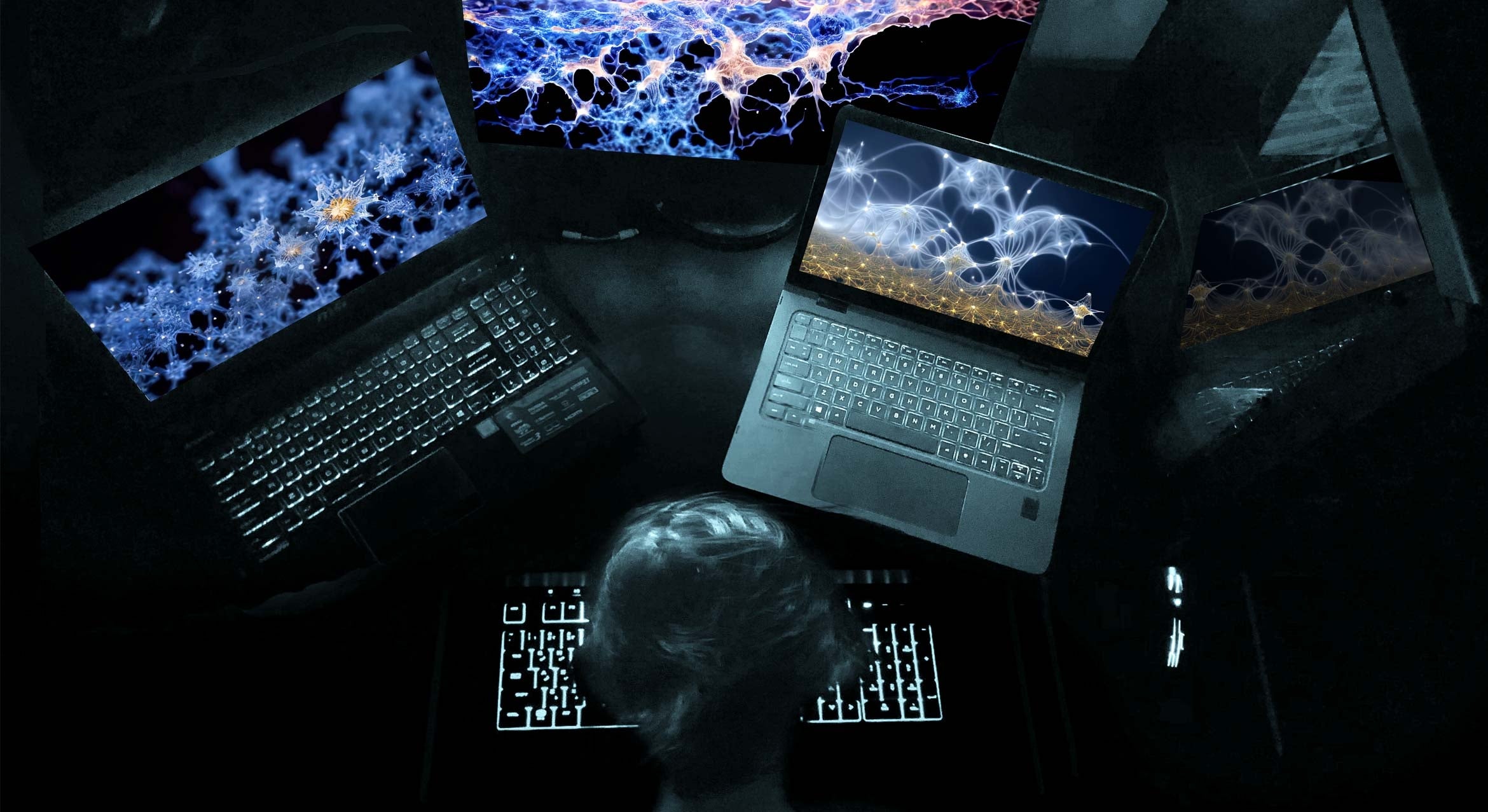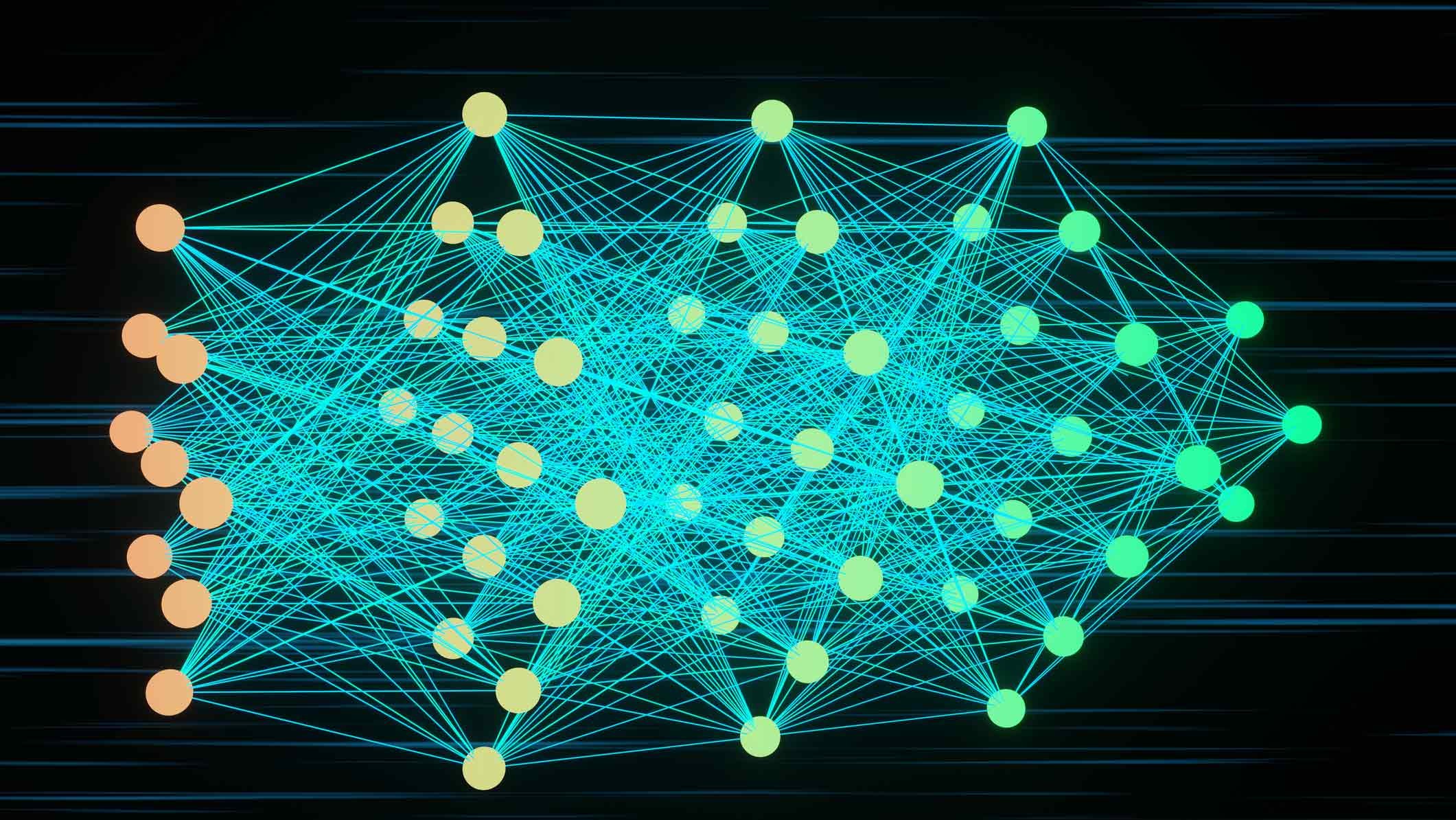
In one of the world’s most isolated and extreme environments, researchers are testing new tools to combat the psychological toll of isolation, and two doctoral students from UC Santa Barbara’s Media Arts and Technology (MAT) program are helping to lead the innovation.
Architects-engineers Iason Paterakis and Nefeli Manoudaki, graduate researchers in MAT Professor Marcos Novak’s transLAB, developed an AI-driven software pipeline now in use at the St. Kliment Ohridski base on Livingston Island, Antarctica. Their system is at the center of a new field study aimed at understanding how customized audio-visual interventions can support mental health for people living and working in extreme environments.
“Our work focused on creating the software pipeline that powers the audio-visual intervention system being tested at the St. Kliment Ohridski base,” Paterakis said. “By processing interview data from the Antarctic station crew, our software generates customized visuals that balance familiar elements with abstract patterns like fractals.”
The real-time diffusion model at the core of their system draws from the personal memories and preferences of the station’s crew, creating endless variations of both natural landscapes and geometrically abstracted visuals. These dynamic, evolving images aim to alleviate the sensory monotony often associated with isolated and confined environments.
“We had two sets of visual content: representational natural landscapes and geometrically abstracted versions,” said Manoudaki. “This allowed us to compare their psychological effects on the participants.”
The deployment of this work is part of a historic moment: the first official scientific expedition of Greece to Antarctica. Architects Christina Balomenaki and Efharis Gourounti, both alumni of the Technical University of Crete (TUC) and researchers with the university’s Transformable Intelligent Environments Laboratory (TUC TIE Lab), carried out the fieldwork as part of the 33rd Expedition of the Bulgarian Antarctic Institute (BAI). Balomenaki and Gourounti are the first Greek women researchers to set foot in Antarctica.
Supported by the Hellenic Polar Zones Society, the Greek Ministries of Development and Foreign Affairs, and private sponsorship, this effort marked a significant step toward Greece’s integration into the broader Antarctic research ecosystem.
Balomenaki’s experiment, titled “Audio-Visual System to Mitigate the Negative Effects on Stress and Depression in Confined Spaces and Extreme Environments,” used the customized content generated by the AI pipeline designed by Paterakis and Manoudaki. The study combined subjective feedback with objective physiological measurements, including electroencephalography and wearable sensors tracking stress markers such as heart rate variability and skin conductance.
“Preliminary analysis of user questionnaires suggests that exposure to these varied visual experiences offers psychological benefits for individuals in extreme isolation conditions,” said Paterakis. “The biometric data are currently undergoing comprehensive analysis.”
Their work builds on more than a decade of interdisciplinary research into habitability and human resilience in extreme environments by the TUC TIE Lab, including collaborations with NASA and the European Space Agency. The Antarctic mission also represents an ongoing partnership among UC Santa Barbara and Eindhoven University of Technology, and builds upon previous partnerships with the University of Houston and others, demonstrating a broad international effort to address the psychological challenges of isolation.
Beyond Antarctica, the overall TUC TIE lab study and the research component in AI and media led by Paterakis and Manoudaki could find applications in settings as diverse as space missions, underwater habitats, psychiatric facilities and long-term quarantine scenarios. By tailoring immersive visual environments to individual users, the team’s work could significantly improve emotional resilience wherever humans venture into the unknown.



